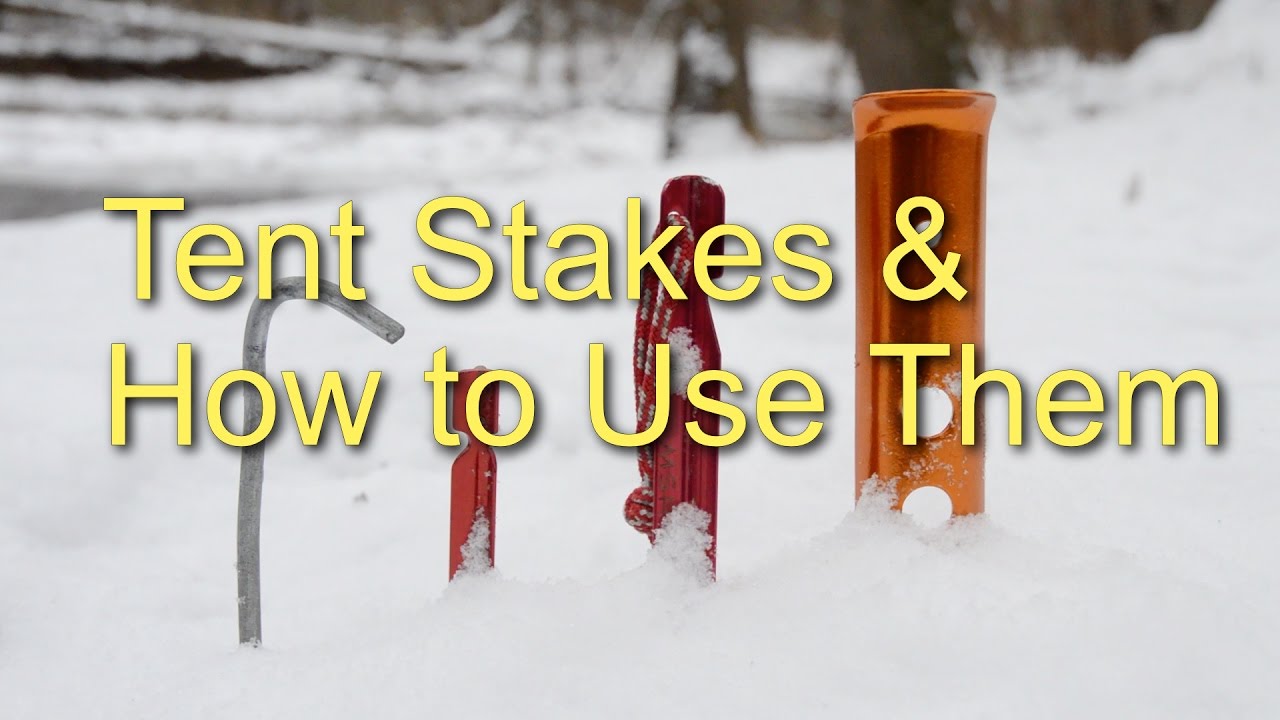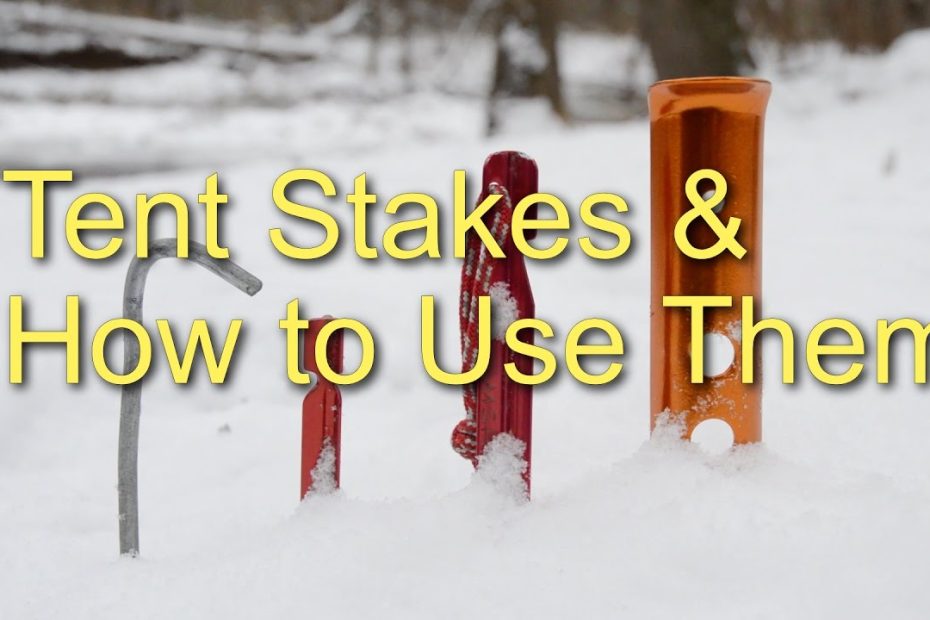What Angle Are Tent Stakes? A Guide To Proper Placement
How To Start Backpacking- How To Set The Proper Backpacking Tent Stake Angle
Keywords searched by users: What angle are tent stakes types of tent stakes, how to stake a tent in sand, tent pegs bible, best tent stakes, how to pull up tent stakes, how to put metal stakes in the ground, best tent pegs for windy conditions, how to hammer in tent pegs
Should Tent Stakes Be Straight Or Angled?
When determining the optimal way to secure your tent, the orientation of the tent stakes plays a crucial role. To achieve the highest level of stability, it is essential to insert the tent stakes directly into the ground without angling them. This is because even a slight deviation from a straight placement significantly diminishes their holding power. Studies have shown that when tent stakes are angled, even by just a slight degree towards the tent, their holding power can be reduced by approximately 25%. Therefore, to ensure the utmost stability and security for your tent, it is advisable to insert the tent stakes in a perfectly straight manner.
What Can I Use For Tent Stakes?
“What materials are suitable for tent stakes? The choice of tent stakes depends on the type of terrain you’ll be camping on. In sandy or snowy environments, V-shaped stakes, particularly those with holes along the shaft, and screw stakes are excellent choices. They provide great stability in loose, soft ground. Conversely, if you’re dealing with rocky soil, hook and nail stakes can be more convenient due to their narrow design, which makes them easier to insert. However, it’s worth noting that they might not hold as securely as other types. In general, longer tent stakes tend to offer better holding power, which is crucial for keeping your tent securely anchored.”
What Is The Recommended Angle For Driving Stakes Into The Ground?
“What is the recommended angle for securely anchoring tent or tarp stakes into the ground? When driving stakes, it’s advisable to angle them away from the tent or tarp. Ideally, you want to create approximately a 90-degree angle between the guide line and the stake to ensure the strongest anchor possible. To further enhance stability, consider placing a substantial rock on top of each stake. This added weight will help prevent the stakes from being dislodged in the face of strong wind gusts, making your setup more secure and resilient.”
Update 23 What angle are tent stakes


Categories: Aggregate 59 What Angle Are Tent Stakes
See more here: xetaycon.net

If you drive tent pegs into the ground at a 45-degree angle towards your tent, it’ll help to create more grip and overall strength. We said it earlier, however, it’s super important. Always carry spare tent pegs – because you never know! We recommend testing the ground you plan on pitching on.For maximum holding power it is important to place the tent stake straight into the ground. Don’t be tempted to angle the tent stake. This is because just a slight angle of the tent stake towards the tent reduces holding power a lot. Tent stake holding power was reduced by about 25% when it was angled this way.V-shaped stakes – especially the kind with holes running along the shaft – and screw stakes do very well in sand and snow. Hook and nail stakes can be easier to use in rocky soil, because they’re narrow. But their holding power isn’t as good. Generally, the longer the tent stake, the better the holding power.
Learn more about the topic What angle are tent stakes.
- Tent Peg Guide – Which type should you use?
- How to Properly Place Your Tent Stake – FarOut
- 10 Best Tent Stakes of 2023 – CleverHiker
- Choosing the Best Stake for your Backpacking Tent or Tarp
- Tent Pitching Tips | Blog | Terra Nova Equipment Ltd.
- Best Tent Stakes And How To Use Them – BestEver.Guide
See more: https://xetaycon.net/category/climate/
